Fire Safety for Landlords
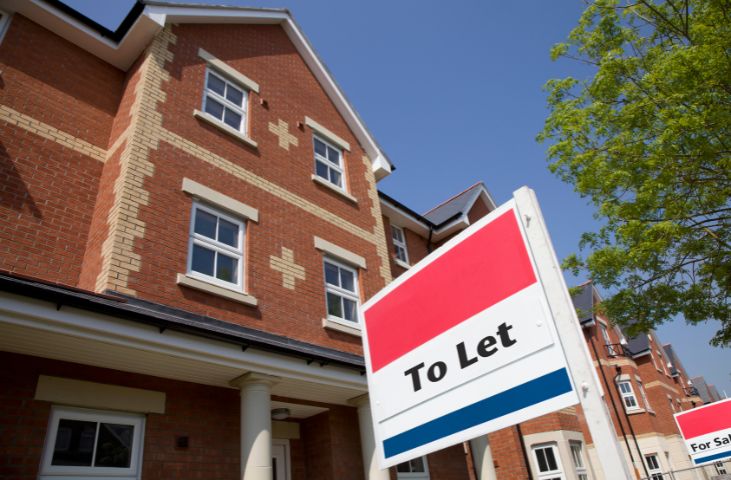
Estimated reading time: 8 minutes
Fire Safety for Landlords: An Essential Guide to Protect your Property and Tenants
As a responsible landlord, it is important to consider all aspects of fire safety for landlords to ensure the safety of your tenants and your property, as well as your legal obligations and responsibilities.
Regardless of the property size, a fire can cause significant damage and danger to life. Therefore, it is essential to understand fire safety and implement appropriate fire safety measures and educate your tenants on fire prevention and emergency procedures.
In this article, we review the latest new fire safety regulations for blocks of flats and houses with multiple occupancy and guide you through the essential steps and precautions to take as a landlord to protect your property and tenants from the devastating effects of fire.
Update on Fire Safety Regulations for Houses in Multiple Occupation (HMOs)
To have a comprehensive understanding of fire safety as a landlord, it is crucial to stay informed about the latest changes in fire safety regulations.
All landlords must already comply with the Regulatory Reform (Fire Safety) Order 2005. The Regulatory Reform (Fire Safety) Order 2005 sets out the legal requirements required for fire safety in the common areas of houses in multiple occupation, maisonettes and blocks of flats.
Effective from 23 January 2023, the Fire Safety (England) Regulations 2022 have come into force. The introduction of these rules by the Government is a direct response to the findings of the Grenfell Tower enquiry.
The new regulations apply to landlords who hold the responsibility for residential buildings and includes Houses in Multiple Occupation (HMO) leased on a room-only basis.
The regulations are applicable to all buildings that meet the following criteria:
Residential buildings with stories above ground that contain two or more domestic dwellings or rooms for residential purposes.

Possess communal areas that residents must pass through to exit the building.
Consequently, similarly, if you own a property where there is a shop on one floor and residential premises on the second floor, these regulations will be applicable to the shared areas. However, if the entire property is rented out under a joint tenancy, these requirements do not apply.
You can check out your fire safety responsibilities here.
Improvements in Fire Safety Regulations for Blocks of Flats
The new regulations define what high-rise multi-occupied residential buildings are – at least seven storeys or taller than 18 metres above ground level.
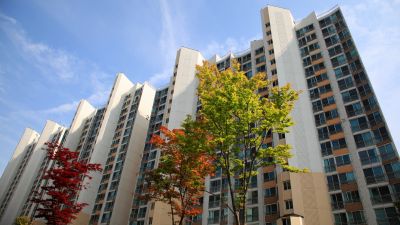
Fire safety for landlords is influenced by the lessons learned from the tragic Grenfell Tower fire. Significant changes have been made to improve fire safety regulations for these blocks of flats, with a particular focus on addressing the risks associated with dangerous cladding. High-rise blocks have additional rules:
- Installation of a secure information box and wayfinding signage that can be seen in smoky conditions and in low light.
- Monthly checks on on-site firefighting equipment and evacuation lifts (if there is an issue with either that can’t be fixed within 24 hours, you must report it to the Fire and Rescue Service).
- Quarterly checks on all fire doors within common areas.
- Annual checks on fire doors at the entrances of individual tenant dwellings.
Owners of flats in buildings with cladding are now required to have an EWS1 form in order to sell or re-mortgage their property. This form serves as verification that the building meets specific fire safety standards, including cladding inspection. The validity of the EWS1 form extends for five years, and only one assessment is needed per building.
Fulfilling your Legal Obligations for Fire Safety as a Landlord
1. Conduct a Fire Risk Assessment
As well as being compliant with fire safety regulations, landlords in England and Wales must periodically conduct fire risk assessments according to the Regulatory Reform (Fire Safety) Order 2005. This assessment involves identifying potential causes and sources of fire, evaluating the likelihood of fire occurrence, recognising hazards and determining precautionary measures to mitigate risks. You can conduct the assessment yourself or engage a third-party fire safety specialist for their professional expertise.
2. Ensure Fire-Safe Doors and Unobstructed Exits
As a landlord, it is crucial to provide tenants with safe and unobstructed escape routes in the event of a fire and educate tenants about the fastest exit routes and the necessity of keeping escape routes clear.
Although fire doors are legally mandatory only in HMOs, it is advisable to consider installing them in all rental properties. Fire doors help contain fire and smoke, granting tenants additional time to escape and minimising property damage. Regularly inspect fire doors as tenants may prop them open or disable self-closing devices.
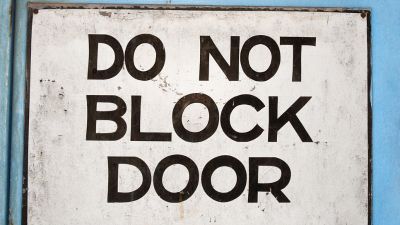
3. Install Smoke and Carbon Monoxide (CO) Alarms
Ensure that all smoke and CO alarms are operational at the beginning of each tenancy. Encourage tenants to regularly check these alarms, and conduct inspections during periodic visits while maintaining a written record. In England, it is a legal requirement to have a working smoke alarm on each floor of a private rented property, ideally placed in main circulation spaces such as hallways and landings. Additionally, install a CO detector in any room with a solid fuel-burning appliance and extend this requirement to include gas and oil-fired boilers starting from autumn 2022.
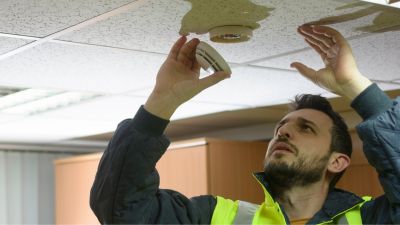
4. Comply with Gas Safety Requirements
Following on from installing Carbon Monoxide (CO) alarm, the law requires you to have your gas appliances checked by a Gas Safe registered engineer every year to make sure they’re working properly and there’s no risk to tenants. In addition to the annual gas safety check, the Gas Safe Register also recommends you have a service of the gas appliances and flues every 12 months, unless one of their registered engineers advises otherwise. .
5. Check Furnishings for Fire Safety Standards
If your rental property is furnished, the provided furniture must be fire-resistant and meet fire safety standards set by the Furniture and Furnishings (Fire Safety) Regulations 1988 (last updated in 2010). The regulated items include beds, mattresses, sofas, scatter cushions, loose covers and garden furniture suitable for indoor use. Make sure the furniture bears appropriate manufacturers’ labels confirming compliance with fire safety requirements.
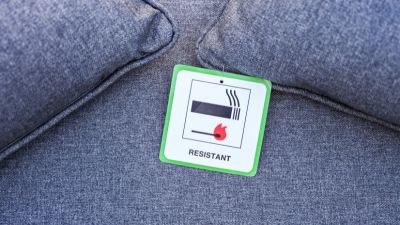
6. Electrical Safety
Electrical faults are responsible for a significant number of home fires in England each year. Landlords in England must ensure the safety of the electrical system and appliances provided to tenants throughout the tenancy period. Under The Electrical Safety Standards in the Private Rented Sector (England) Regulations 2020, a full electrical safety inspection and test must be conducted every five years, or sooner if recommended in the Electrical Installation Condition Report (EICR).
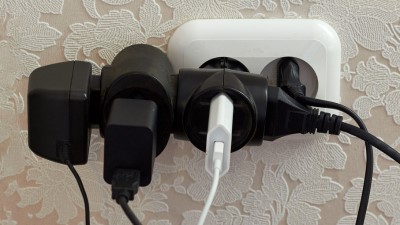
7. Provide and Maintain Fire Safety Equipment
Extinguishers and fire blankets are not legally required in single-let rented properties, only HMOs, but you may wish to provide them as a matter of good practice. In HMOs, the minimum requirements are a multi-purpose (water mist) fire extinguisher in the common parts on each floor, usually the hall and landings or a fire blanket in the kitchen If you do have fire extinguishers.
Extinguishers should be serviced annually and checked at the start of each tenancy to make sure they’re in good condition and haven’t been tampered with. Water mist fire extinguishers are recommended by the British Standard for indoor use, as they can be applied with most fire types. It is a legal requirement that all fire extinguishers are maintained annually and you must keep a permanent record of all servicing and maintenance.
8. Educate Tenants on Fire Safety
Regular communication and tenant education on fire safety practices are paramount. Providing information on fire prevention, evacuation procedures and proper usage of fire safety equipment are essential responsibilities for landlords. Tenants should be familiar with the location of fire extinguishers, fire alarms and emergency contact details. It may be advisable to educate tenants on the dangers of smoking indoors.

Conclusion
In conclusion, fire safety for landlords is a paramount responsibility. By staying informed about fire safety regulations, implementing necessary precautions, and fulfilling their legal obligations, landlords play a vital role in safeguarding their properties and the well-being of their tenants.
For a summary of all our online and face to face fire safety courses you can visit our All Fire Training Course page.
Our friendly customer support team is always happy to talk through your training options. Why not give us a call on 01327 552160, email us at hello@smarthorizons.co.uk, or use the live chat feature on this website to speak to us during office hours.
